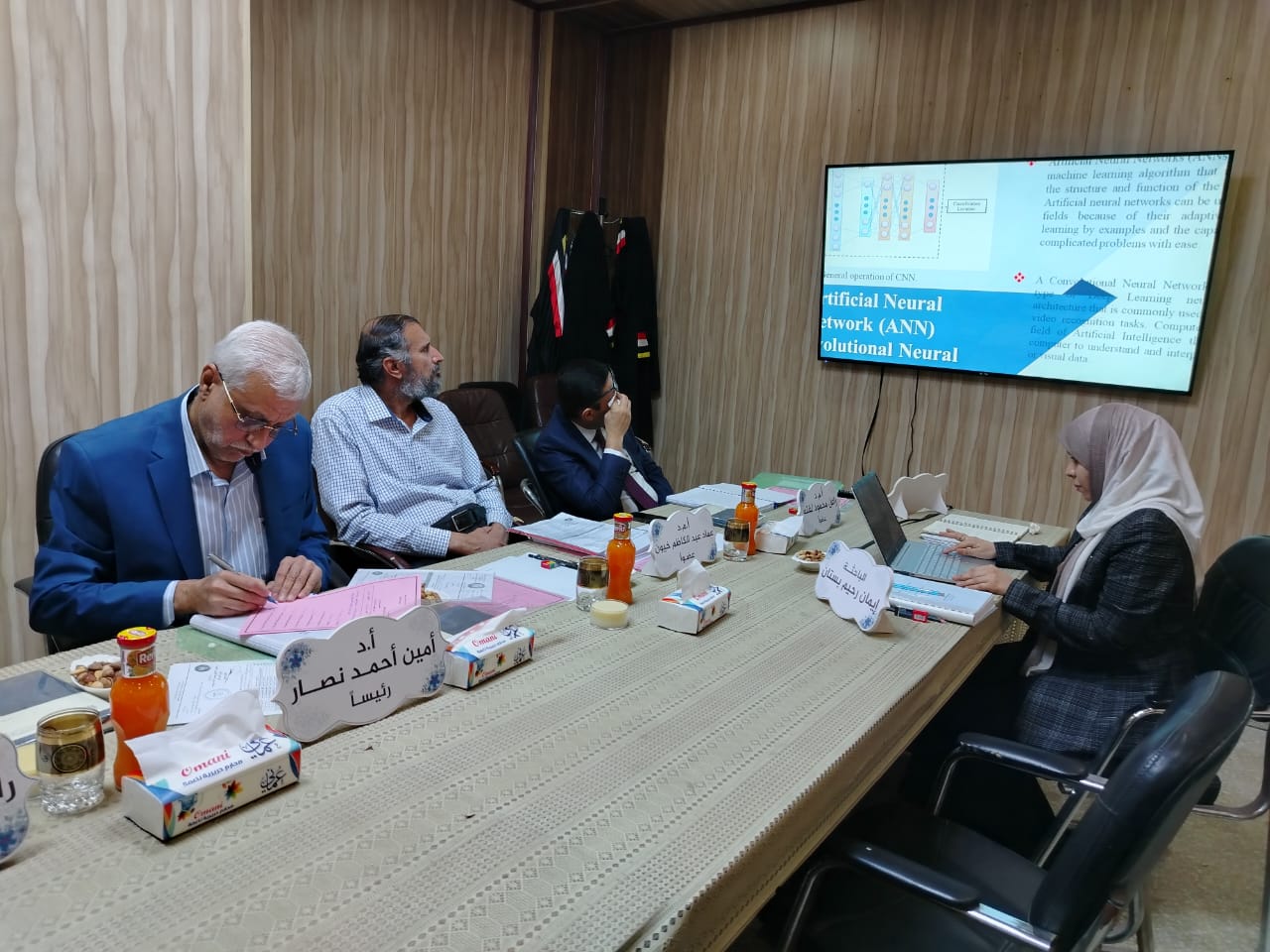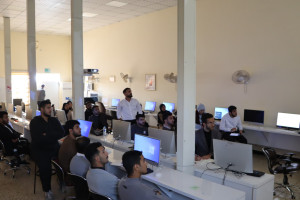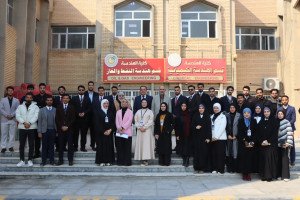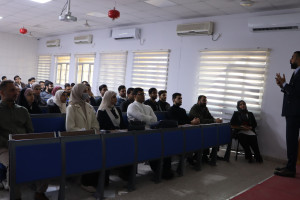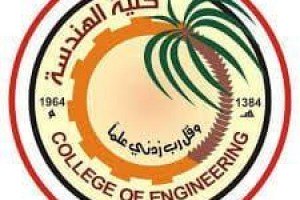The doctoral thesis of the student Iman Rahim Bustan Najm was discussed in the College of Engineering, University of Basra, Department of Mechanical Engineering, entitled “Diagnosis of defects in metal structures using practical data for phase analysis of vibrations.” It included Damage detection is crucial to maintain structural integrity, especially in engineering fields where vibration can lead to structural failure. The present study presents a reliable damage detection method in steel structures such as cantilever beams through experimental data of model analysis and using different excitation techniques, such as impact and shaker test. In addition, the continuous wavelet transform (CWT) method is adopted to generate damage images of the structure based on the variation in the deformation of the modal shapes and consider it as an input for convolutional neural networks (CNN). Moreover, the proposed study in this work includes the use of deep learning transfer technique in CNN to diagnose damages in symmetric structures. Also, artificial neural networks for pattern recognition (ANN) are used to predict and classify damage in terms of location and depth in the cantilever beam using model analysis data represented by natural frequencies, variations in the deformation of the modal shapes, and damping factors. The results showed that the model analysis data obtained by the experimental methods were close to the numerical results obtained using the Ansys 2022R1 program, and the differences between the experimental and theoretical were within the normal error limits, with the highest error rate of 10.04% and the lowest error rate of 3.09%. Compared to the results of the researcher (Pankaj Kumar), the researcher's results showed the lowest deviation of 6% and the maximum value was 19.31% between the theoretical and experimental. Also, the combination of the CWT and CNN methodologies gives a diagnostic accuracy of 100% for classifying the damage location and an accuracy of 75% for classifying the damage depth. As for the ANN results, the classification accuracy was 100% and 98% for two models (damage depth and damage location according to the theoretical results. The practical data gave an accuracy of 90%. The deep learning transfer technique also achieved a recognition and discrimination rate of 100% for images in the theoretical results, while in the practical results, the diagnosis accuracy was 75%. Moreover, the use of transfer learning technology accelerates training, thus reducing the time and computational resources required for training, providing an alternative to current methods for diagnosing and detecting damage quickly and accurately.

